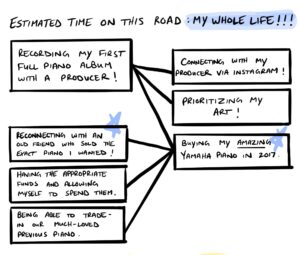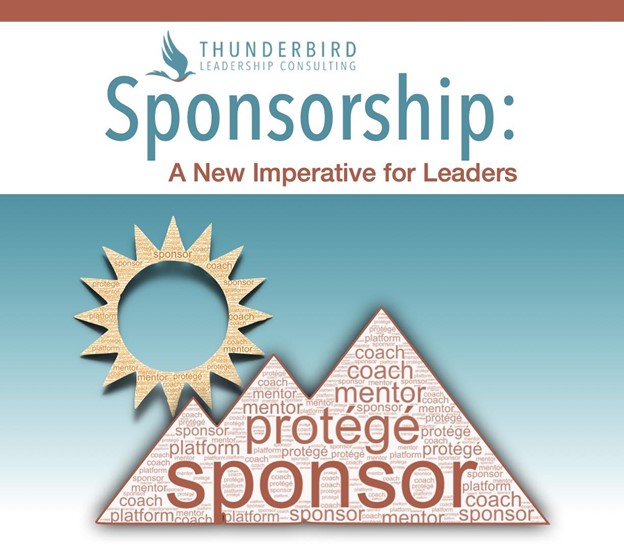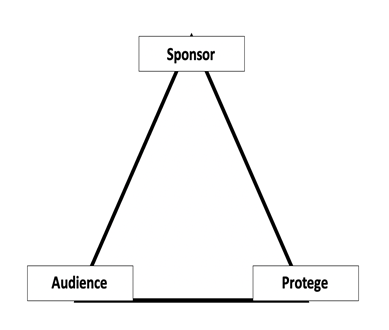The Winding Road
It sounds so simple, but no one had ever told me: The road is winding and wide. I wasn’t aware because most people I knew pursued only one road: The Straight and Narrow. I don’t mean ‘honest’ and ‘moral’ here. I mean ‘straight’ and ‘narrow’– the complete opposite of ‘winding’ and ‘wide’.
Here in Cleveland, we joke that there are only two seasons; winter and construction. You always have to be ready with an alternative route. You can almost never take the most direct path. You must first go south before you can go west, or a little east before you can go north. And don’t forget about rush hour traffic! You’re in it for the long haul. Luckily, there are multiple ways to get to where you’re going.
During a challenging health journey in my late 20s, I began to examine my life more deeply than I ever had up to that point. I felt as though I was headed in the wrong direction, particularly with my career and my life’s dedication. I yearned to be creative again, like I was when I was younger. I wanted to make beautiful creations, important calls-to-action that people admired and felt moved by. I wanted to inspire others with my passion and energy. I felt I knew where I should be, where I always wanted to be, but that place was somewhere on the other side of town. It was a place I was very unfamiliar with, and quite frankly, terrified of.
And so I began to talk with someone about my struggles. The more I spoke about it, the more aware I was of the panic bubbling up inside of me. I was operating on autopilot. I wasn’t engaged or enthusiastic about the work I was doing. I felt undervalued and overworked. I felt disappointed in myself for not having a clearer direction for my life, a more solid plan. I chastised myself because I had allowed this to happen, and now, nearly ten years into my career at that point, I felt trapped and confused. Was this ever really what I wanted to do? What about all the years of education I went through? The degrees I earned? The time I’d already invested at my workplace? It all seemed like a big waste.
Through my sadness, my therapist offered this simple but impactful perspective: Life is not a straight and narrow path. It is a jagged and twisty, multi-lane roadway, full of construction and bus stops. It is a series of onramps and offramps, and sometimes you have to go far out of your way to get back on track. Sometimes you are driving with poor visibility, and sometimes you’re driving through clear skies with the top down. But you are always moving. Even if you stop momentarily, life beckons you to hit the gas once again.
 I spent a lot of time with this analogy. I thought about what it meant to view my life as a winding road. I thought about all the events of my life that I am grateful for, and I began to notice the twisted roads that led me to them. Of course life is not a straightforward path! There are reasons for this, and here are a few I’ve learned from my experience since then.
I spent a lot of time with this analogy. I thought about what it meant to view my life as a winding road. I thought about all the events of my life that I am grateful for, and I began to notice the twisted roads that led me to them. Of course life is not a straightforward path! There are reasons for this, and here are a few I’ve learned from my experience since then.
1) Life is a series of stops and detours that provides us with feedback on how we are responding and growing as people.
Quite simply put, we do not know what we do not yet know. I like to view my life experiences as a variety of roadside diners. I discover new joints that I love, and others…well, I won’t be coming back for seconds. Use these experiences to fuel change and discover what makes you ‘tick’. By means of detouring and rerouting, I begin to learn my way around town. I discover the bumpy roads, the carefree highways, the heavily patrolled areas, and the places I want to avoid in the future. At 15 years old, I was afraid to drive up that freeway onramp for the first time, but I learned something every time I tried, and it got easier. Learning more about myself and my surroundings has been key to uncovering my personal path and purpose.
2) We may need to have certain experiences that drive us forward, even if they seem counterproductive.
We may not be ready for a particular ‘point of interest’ yet. That is the bottom line. We may have to acquire some skills, be jolted into some serious reflection, meet some new people, or overcome a challenge before we are prepared to arrive at that destination. Even if you feel restless and anxious, this is a process that asks you to honor your current location. This is where you are today, and there is incredible power in that realization. Each twist and turn is teaching you to become a better driver, and you will be better-equipped to handle future roadblocks. Perhaps a new road will open up now that you’re no longer headed south on the old one. In this way, no experience is a lost cause. No credential, skill, or relationship is a waste of time. No seemingly counterproductive event has forever put you in reverse. You are a master navigator! Even as you are reading and reflecting on this post, you are fine-tuning your route.
I’m reminded of an SNL Weekend Update skit where Leslie Jones talks to Colin Jost about Oprah Winfrey’s experience being fired as a young intern. Jost remarks what a mistake it was for those executives to fire Oprah! “No it wasn’t!” Leslie claps back. “…‘Cause she wasn’t Oprah. She was just some 23-year-old punk, who needed to get fired, so she could become ‘Oprah’!”
3) Trust that if we set the destination, life will align the right people and situations to get us there.
Life is a complicated web of connections and networks. We’ve all heard of the six degrees of separation concept. Whether there are actually six is not the point. We can be sure that there is at least one path for every destination we plan for. From a vantage point much greater than any mirror or car camera can provide, you have already initiated a chain reaction that is shifting the tides to make things happen.
I have always had many interests. But since I can remember, I always wanted to be a singer and songwriter. There was one problem: I was terrified to put myself out there for people to hear. Over the years, I gradually turned my back on my love of music. Quite some time later, I decided I owed it to myself to forge down that path once again and take a look around! In the last three years, I have now performed many times for an audience, but I had to get through a few hazardous conditions before I could open up. Some were even completely unrelated to music! My original plan had me arriving at my destination really early. Improperly early. It was in my best interest to slow down and take the scenic route. I began to notice the parts of my previous career that had prepared me for an audience. I noticed the new experiences I was having that were encouraging me out of my shell. I noticed the unique and fun moments I was having as a result of this new route–ones I would never have dreamt possible.
I know that it may take you, as it has taken me, some time to get used to this winding road. We are prodded down narrow paths, raised with absolutes, and told it’s ‘my way or the highway!’ We begin to neglect our own navigation system, and we forget who is driving the car.
76-year-old American actor, singer, dancer, and director, André De Shields, offered this piece of advice during his first Tony Award acceptance speech in 2019: “Slowly is the fastest way to get to where you want to be.” So let’s try not to be anxious drivers. The pace and course of your journey has been designed specifically for you. If it feels misguided or too slow, take a deep breath, and stay curious about your surroundings. Ask yourself what you are meant to learn at this time. Find out what is working and what isn’t working for you. Reach out and ask for directions. Discover how you will do things differently next time. If the traffic is too noisy, roll up the windows and put on your favorite playlist! If we settle into the moment, we allow the next turn to reveal itself.
Above all, remember that life is a process of growth opportunities. There is more to our stories than just the beginnings and ends. We can be motivated by the destination, or we can be excited about the road trip itself. Afterall, the real adventure is in the winding detours.



